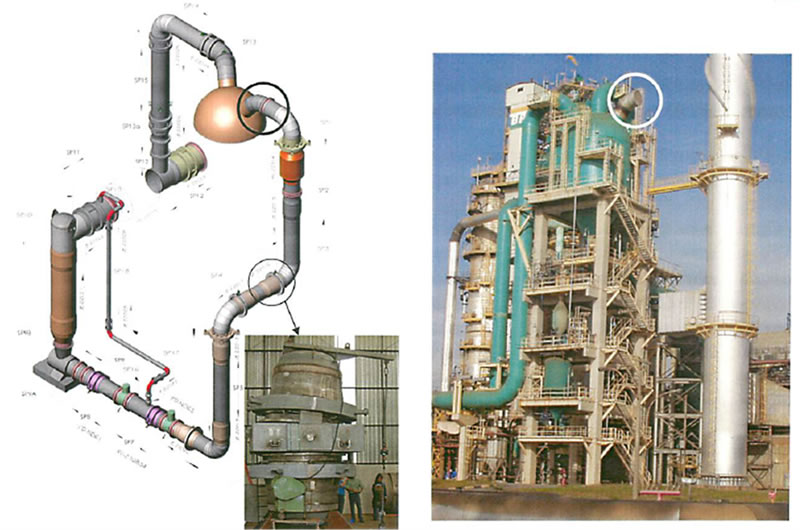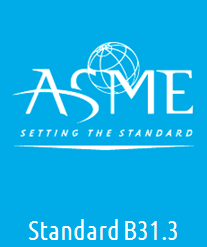Fluid Catalytic Cracking (FCC) Transfer Line Flexibility – Analysis and Design Considerations
FCC’s are complex units – and the design of their transfer lines has some unique considerations. While many of the lines are refractory lined to permit construction with carbon steel piping, some sections are hot walled, at temperatures well into the creep range, for the purpose of balancing thermal expansion or, in the case of piping […]




